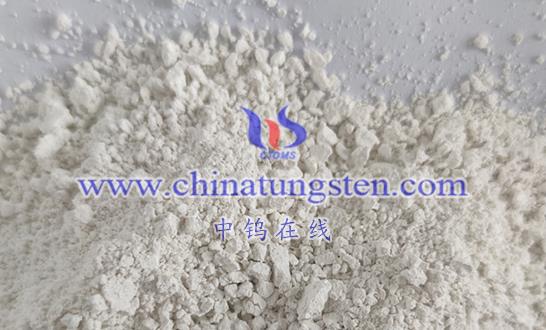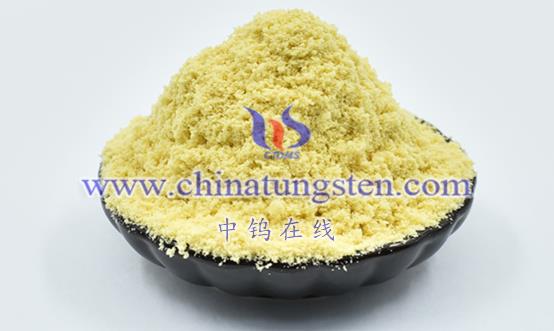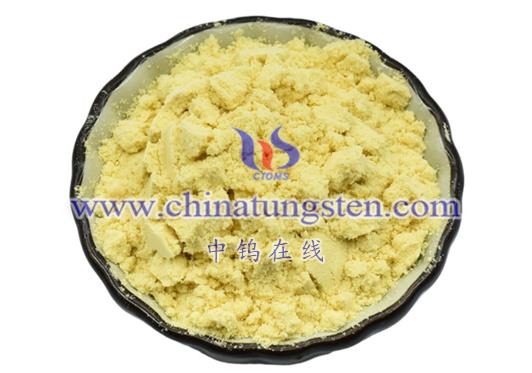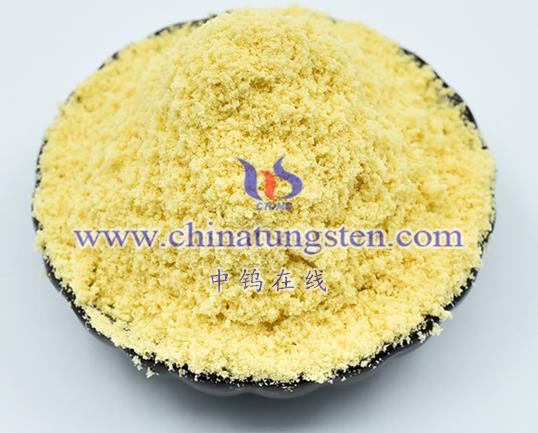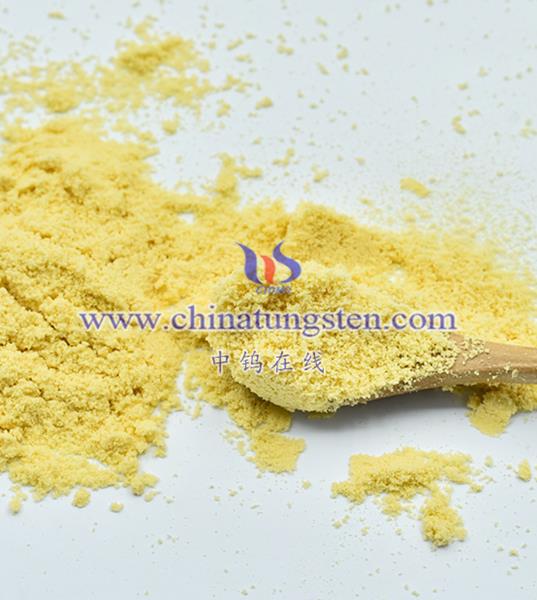
Non-stoichiometric tungsten oxides refer to tungsten oxide compounds where the oxygen content does not exactly match the standard stoichiometric ratio (such as WO3). These compounds exhibit different physical and chemical properties due to variations in oxygen content compared to standard tungsten oxide. Here are some common types of non-stoichiometric tungsten oxides:
- WO2.9 (Blue Tungsten Oxide, Blue Tungsten):
- Appearance: Blue or dark blue powder.
- Characteristics: High chemical activity, high reducibility, weak oxidizing properties, and good photochromic and electrochromic effects. This material changes color under light exposure and can revert to its original color in the absence of light.
- Applications: Used as an intermediate product in the preparation of tungsten metal powder and tungsten carbide powder for manufacturing tungsten metal products; has gas sensitivity and can be used to detect toxic gases such as nitrogen dioxide and ammonia; also used as a colorant for ceramics and as an analytical reagent.
- W18O49:
- Appearance: May appear white under certain conditions but turns blue under ultraviolet light.
- Characteristics: Exhibits unique optical and electrical properties, making it potentially valuable in photocatalysis and electrochromic applications.
- Applications: Used in photocatalytic degradation of organic pollutants, photoelectronic devices, and other related fields.
- Other Non-Stoichiometric Tungsten Oxides:
- In addition to the above two more common types, other non-stoichiometric tungsten oxides include WO2, W20O58, W24O68, among others. The specific properties and applications of these compounds depend on their exact oxygen content and crystal structure.
- Doped Non-Stoichiometric Tungsten Oxides:
- For example, Cesium Tungsten Bronze (CsxWO3, where x ranges from 0 to 0.33) is an inorganic compound with cesium added to tungsten oxide. It has unique physical and chemical properties, such as strong near-infrared and ultraviolet absorption, high visible light transmittance, and low electrical resistance.
There are many types of non-stoichiometric tungsten oxides, each with varying properties and applications. In practical use, selecting the appropriate type depends on specific needs and conditions. Additionally, with ongoing advancements in technology, new types and preparation methods of non-stoichiometric tungsten oxides are continually emerging, providing more possibilities for research and application in this field.
More details of tungsten oxide product, please visit website: tungsten-oxide.com
Please contact CHINATUNGSTEN for inquiry and order of tungsten oxide:
Email: sales@chinatungsten.com
Tel.: 86 592 5129595
